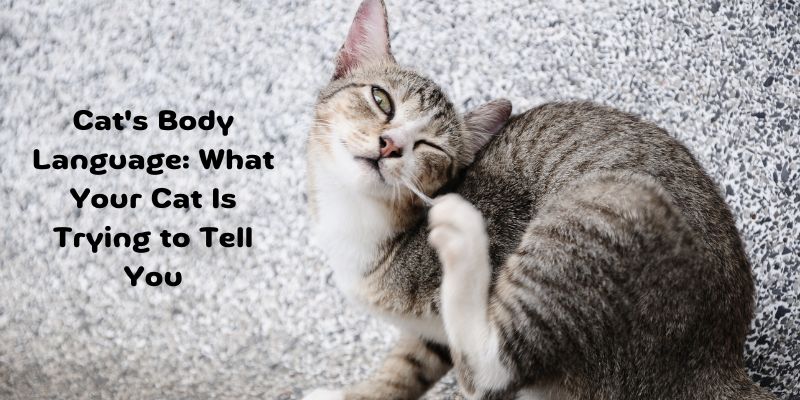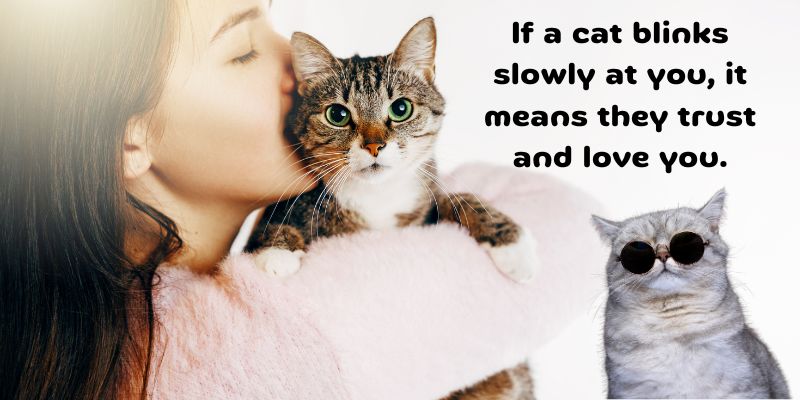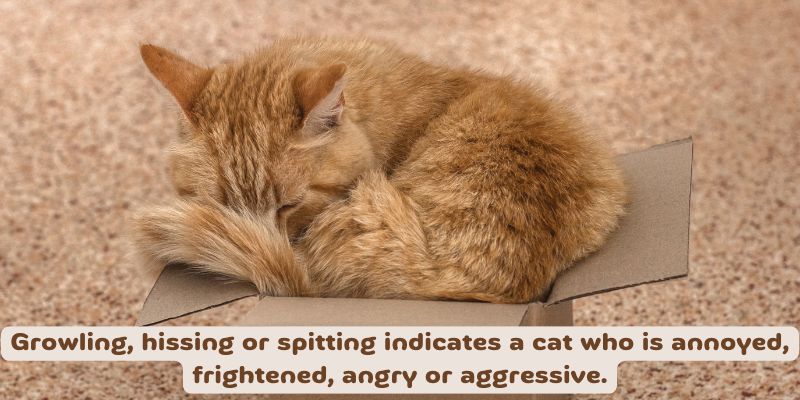Have you ever imagined what goes through the cat's mind when it stares at you directly or flicks its tail? Have you ever wanted to understand the body language signals your cat is trying to convey? Cats are subtly oriented animals, but their body language says a lot. Understanding these behaviours will help you better understand your pet and meet all its needs.

Gestures and postures are frequently used as communication media by cats and with their owners as well. Unlike what is observed with dogs, who more or less communicate through bark, cats convey feelings through physical signs. In every move, from the tilt of their ears to the flick of their tail, you can know much about your cat's experience. Knowing these signs is helpful in adequately addressing your cat so that the cat feels comfortable and secure.
Cats' ears are so sensitive that they have become a cue for us to understand and study their body language. Suppose a cat's ears are up and facing forward, and then it is most likely that it is awake and something has caught its attention. Another sign to check is the ears, which lie flat on the head and express fear, anxiety, or aggressiveness. When your cat's ears appear to be moving from side to side, it is probably because it listens intently to everything around it.
The eyes are the other signs showing whether a cat is happy. An example of slow blinking is like trusting each other and feeling affection towards each other. If your kitty blinks at you incredibly slowly, try doing it back; that's a kitty 'kiss.' A large iris may show signs of arousal, either as excitement or due to fear or, in some cases, aggression. On the one hand, the narrowed eyes mean that a cat is comfortable and happy, although it can rarely be seen.
Cats' tails are very expressive, and one can quickly tell the cat's mood by looking at its tail. A straight tail means that the cat feels happy and confident. If the tail stands up, your cat is probably scared or annoyed. Swift tail movements may indicate that your feline companion feels annoyed, while slow and smooth tail movements indicate attention.
Another way of learning about their behaviour and about how they are feeling is by observing their overall body position. If a cat is near the ground with low crouching, it might be threatened or feel threatened. Conversely, a cat whose body is fully extended and whose muscles are not tense is most probably in a state of comfort. When a cat lays its back in an arched position and bristles up its hair, it tries to look big to scare off something or someone.

However, a cat's whiskers are also used in body language communication. If a cat's whiskers are aligned forward, it is curious or excited. The whiskers will pull back against the face when the cat is scared or nervous.
However, other essential ways of communication are body language and vocalization. Simple vocalizations like meowing, purring, hissing, and growling can further contextualize their gestures. For instance, a cat lying or standing and shaking its tail is probably happy, while a stiff cat carrying its tail between its legs and has its ears back is most probably uncomfortable.
As a result, you can guess whether the cat will be playful or irritated to avoid upsetting it. Always ensure that your cat is calm and comfortable. If it looks stressed or scared, allow it to be alone and get a safe place. On the other hand, if it is in a friendly mood, that is the right time to pet or even play with it.
Learning to read your cat's signals is essential for your safety and relationship with your pet. It always feels good and relaxing when your cat is comfortable around you, trusts you, and is willing to show you love. Understanding each other's needs can lead to a more satisfying relationship.

In general, it is not challenging to misconceive the signals coming from your cat, especially if you are a newcomer to cat ownership. For instance, the typical dog's concept of a wagging tail indicates happiness, while it is usually a sign of irritation for the cat. Knowing about the differences among pet signals will help you avoid misunderstandings, which will help you talk with your feline friend.
Understanding feline signals is a new language to most people, but once they spend time with their cats, the signals become familiar. You can study everything about the cat and its world, from ears to eyes, tail, position, and whiskers. The more familiar you are with their gestures, the better you can help to create surroundings that will help them to develop.
If you are up for it, then learning about your cat and creating a close bond with her begins with evaluating its posture in any given scenario. Watch how they respond to various stimuli and put your response in the same category to relate. Thus, paying attention to the signs your cat gives you can improve your relationship with the animal and make it feel wanted.